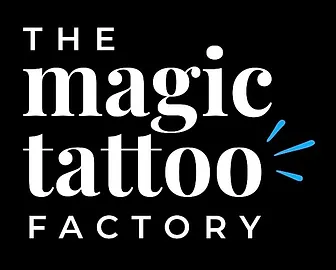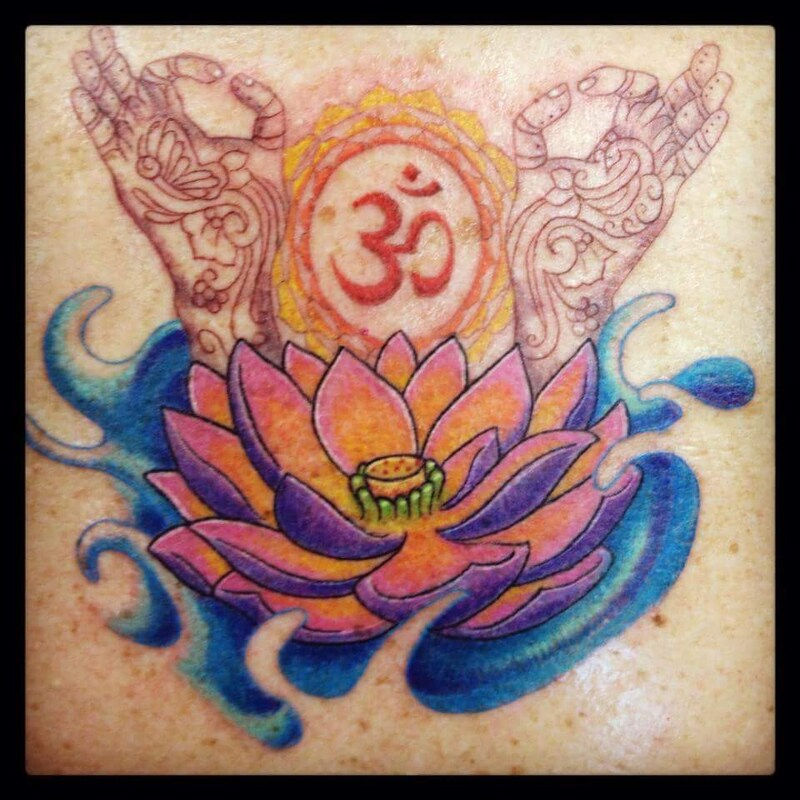Biomechanical Tattoos: A Mysteriously Captivating Fusion of Art and Science
- ariel fenomenon
- Jul 5, 2023
- 4 min read
Tattoo artistry, equipment, and popularity has evolved tremendously over the years, allowing artists to push the boundaries of creativity and technique. One intriguing style that has gained significant popularity is biomechanics tattooing. This captivating form of body art combines elements of machinery, robotics, and organic structures to create designs that blur the lines between reality and imagination. Biomechanics could be considered surrealism art at its finest, because of its relatable symbolism, the stark contrast of it's subject matter, and its impact on the art world.

The birth of biomechanics tattooing emerged in the late 1970s and early 1980s, influenced by science fiction, cyberpunk literature, and movies. Artists drew inspiration from the futuristic aesthetics portrayed in these genres, envisioning a fusion of man and machine on human skin.
There are a few key people who are considered to be the original developers and most influential artists in biomechanics tattooing. Several pioneering artists contributed to the development and popularization of biomechanics tattooing. Names like H.R. Giger, whose artwork inspired the biomechanical creatures in the 'Alien' movie and product franchise, and Guy Aitchison, known for his often huge and always intricate biomechanic designs, have left an indelible mark on the genre.
Over the years biomechanics tattooing has evolved, with other artists gaining a fascination with it's meticulous yet almost random essence. People began adopting the theme and applying their own individual creativity by embracing various styles and techniques. From hyper-realistic renderings to abstract interpretations, artists continually explore new avenues for creativity within the biomech genre.
Biomechanics tattoos are recognized by their inclusion of elements such as gears, pistons, cables, circuitry, and organic tissues. These elements are skillfully integrated to create an illusion of machinery interwoven with the human body. Choosing the right placement is crucial to enhance the impact of a biomechanics tattoo. Artists carefully consider the body's natural curves and contours to ensure that the design flows harmoniously with the individual's anatomy, often the design will actually mimic the person's muscle structure or body part to enhance an overall realism in the final product.
Biomechanic tattoos require a high level of technical skill and precision.
Experienced and highly trained artists employ techniques such as shading, linework sculpting, high contrast and extremely saturated color execution to give depth, dimension, and even the imitation of textures to the tattoos. It all contributes to an incomparable surrealism in their creations.
The use of specialized tattooing equipment and needles allow for intricate detailing that goes above and beyond the average tattoo session. As well as the necessity of the artist being advanced in their field, a successful biomechanical tattoo is usually recommended for the more dedicated tattoo enthusiast and serious collectors.
The symbolism of biomechanic tattoos involve humanity as a whole, and seem to reflect the symbiotic relationship between humans and technology. This includes our fascination with and increasing dependence on machinery, and the psychological blurring of the lines between what is natural and what is artificial. On a more intimate level, these tattoos can hold deeply personal meanings for individuals. Some may choose to incorporate specific elements that represent their own connection to machinery or technology, while others use these tattoos to express their identity as technology enthusiasts or futurists.
By pushing artistic and philosophical boundaries biomechanics tattooing has revolutionized the entire art world by challenging, or in some cases basically abandoning the traditional notions of tattooing. Its complex and intricate designs have influenced other artistic disciplines, inspiring sculptors, digital artists, and even fashion designers.
Biomechanics tattooing has gained significant popularity worldwide and can certainly be considered a global phenomenon. Artists that choose to specialize in this genre have garnered a dedicated following, and studios offering specifically biomechanics tattoos can be found in various countries. Ironically, modern technology such as the internet, especially Social media platforms, have played a crucial role in spreading the appeal of biomechanics tattoos. By consistently connecting artists and enthusiasts from different corners of the globe, as well as helping to grow the public's appreciation for the style by identifying it's core subject matter and displaying examples of outrageous and mind boggling photos that not surprisingly have 'gone viral'.
At the very least, biomechanic tattooing represents the seamless fusion of art and science, captivating the imagination with its intricate designs and the depth of it's symbolism. As this unique style continues to evolve, artists constantly striving to create awe-inspiring and thought-provoking works. Biomechanics tattooing has earned a permanent place in the world of tattooing and all other mediums of art. To this day, it is still inspiring new generations of artists and enthusiasts to explore the possibilities of merging art, technology, and the human form. Through the realm of the imagination we acknowledge the intricacy of organic mechanics in nature as well as in the human body. By causing a unique introspection, biomechanical art momentarily breaks us out of our paradigms, and exemplifies the power of tattoos as a form of self-expression as well as a means to bridge the gap between art and science.







Comments